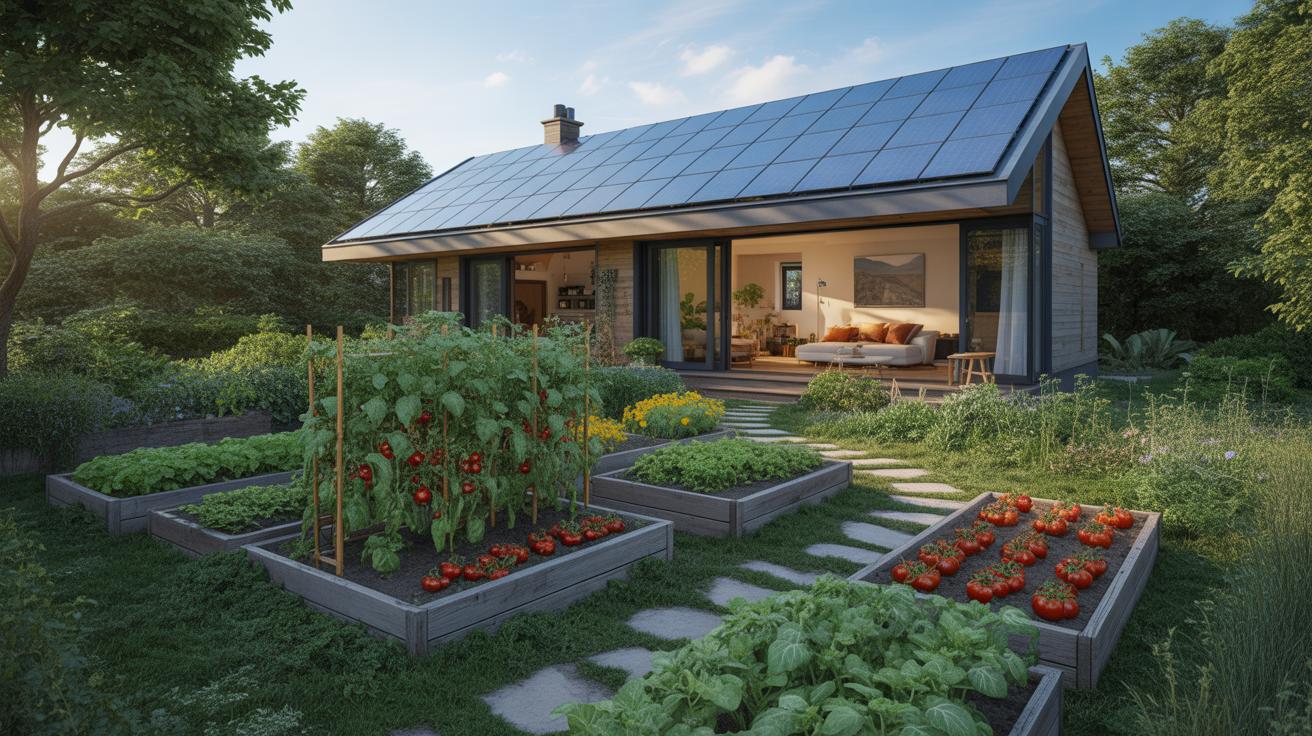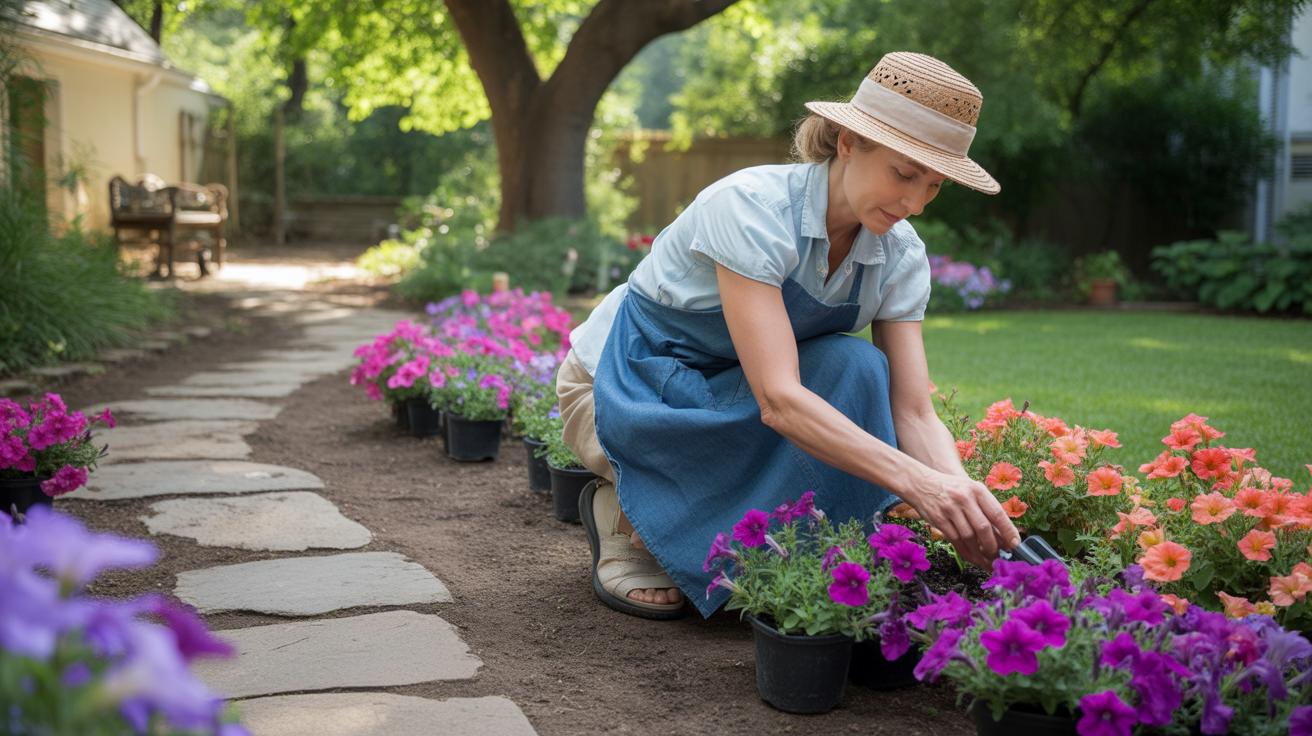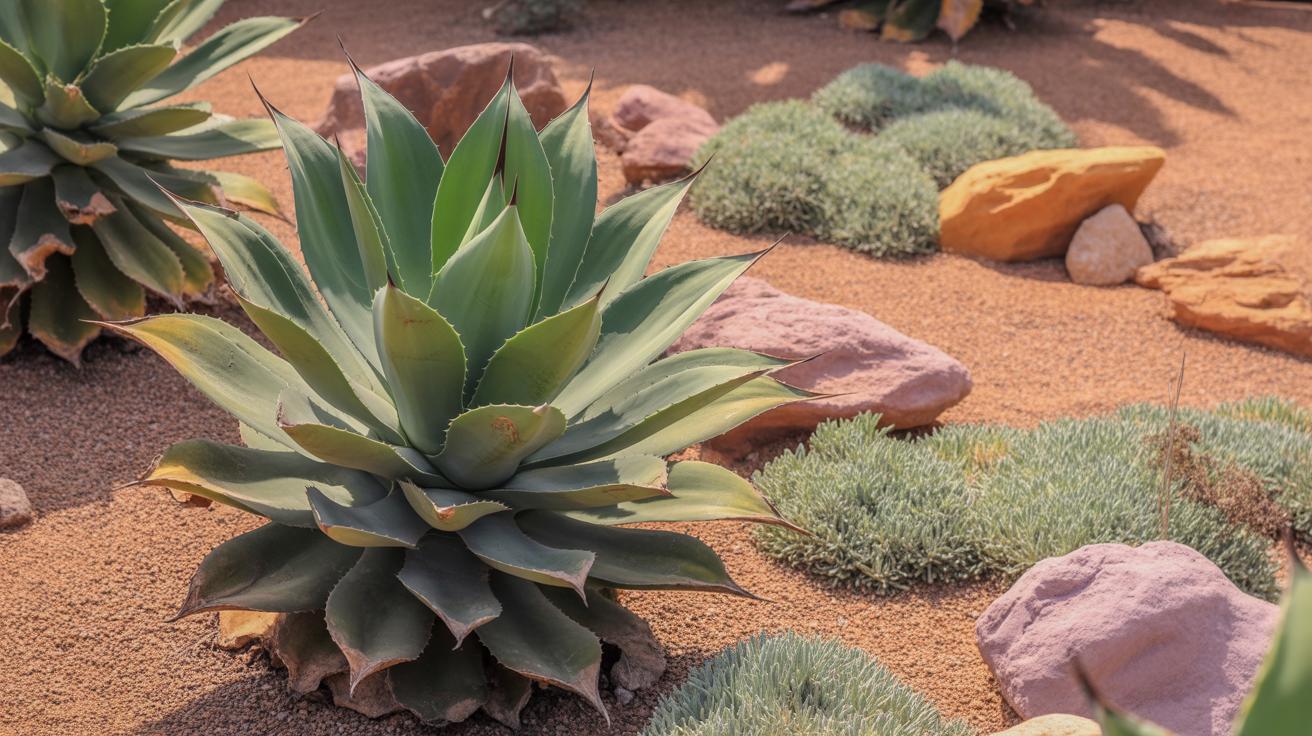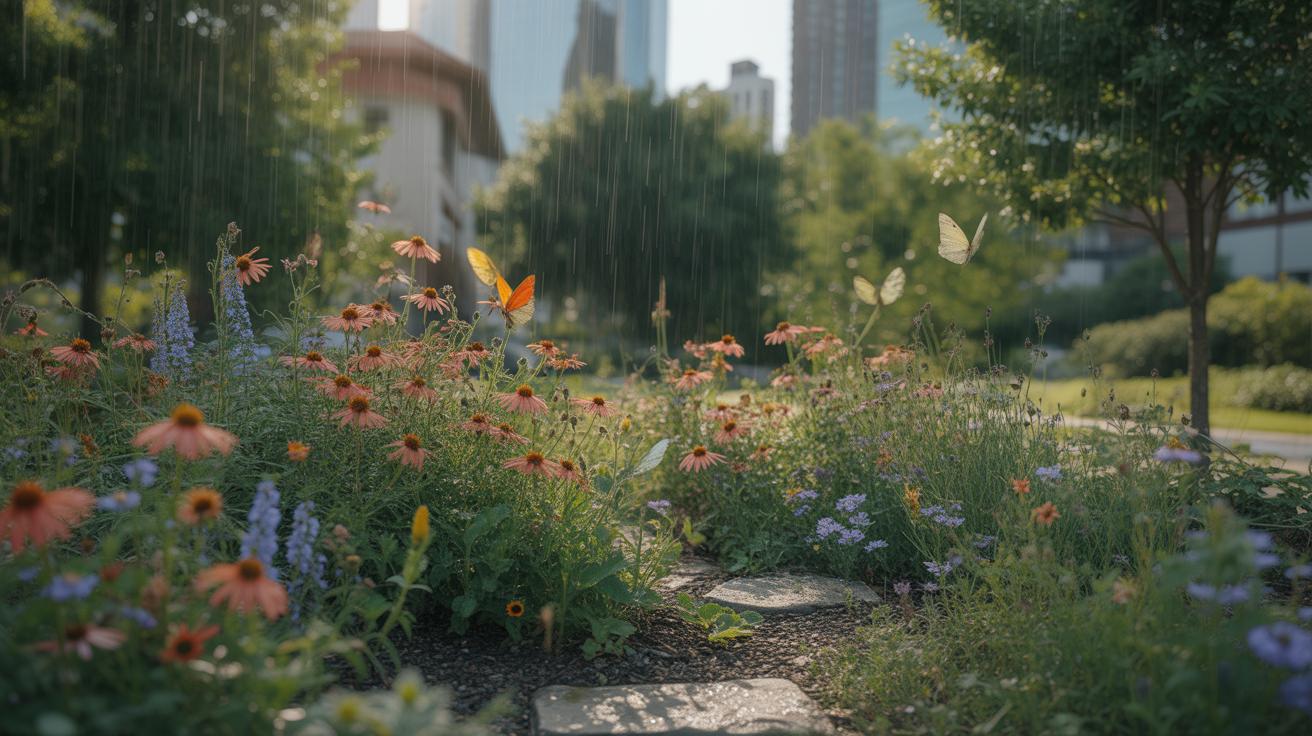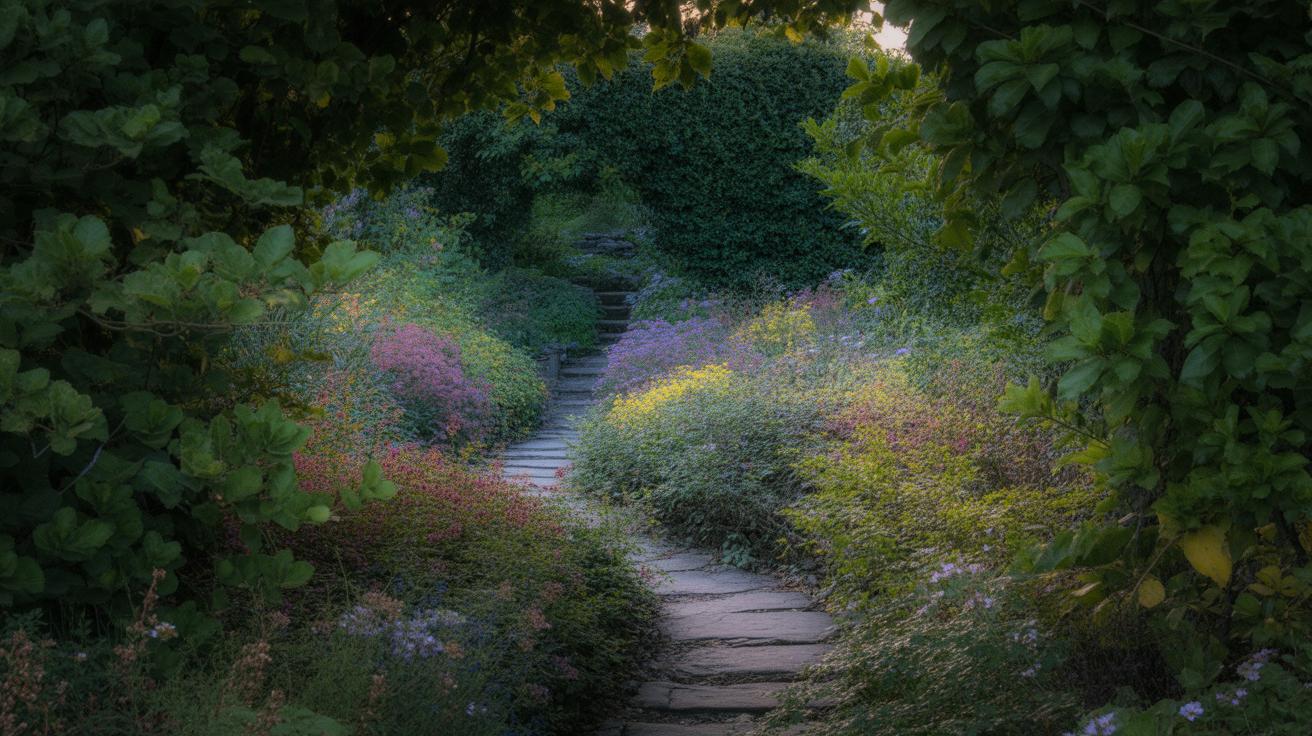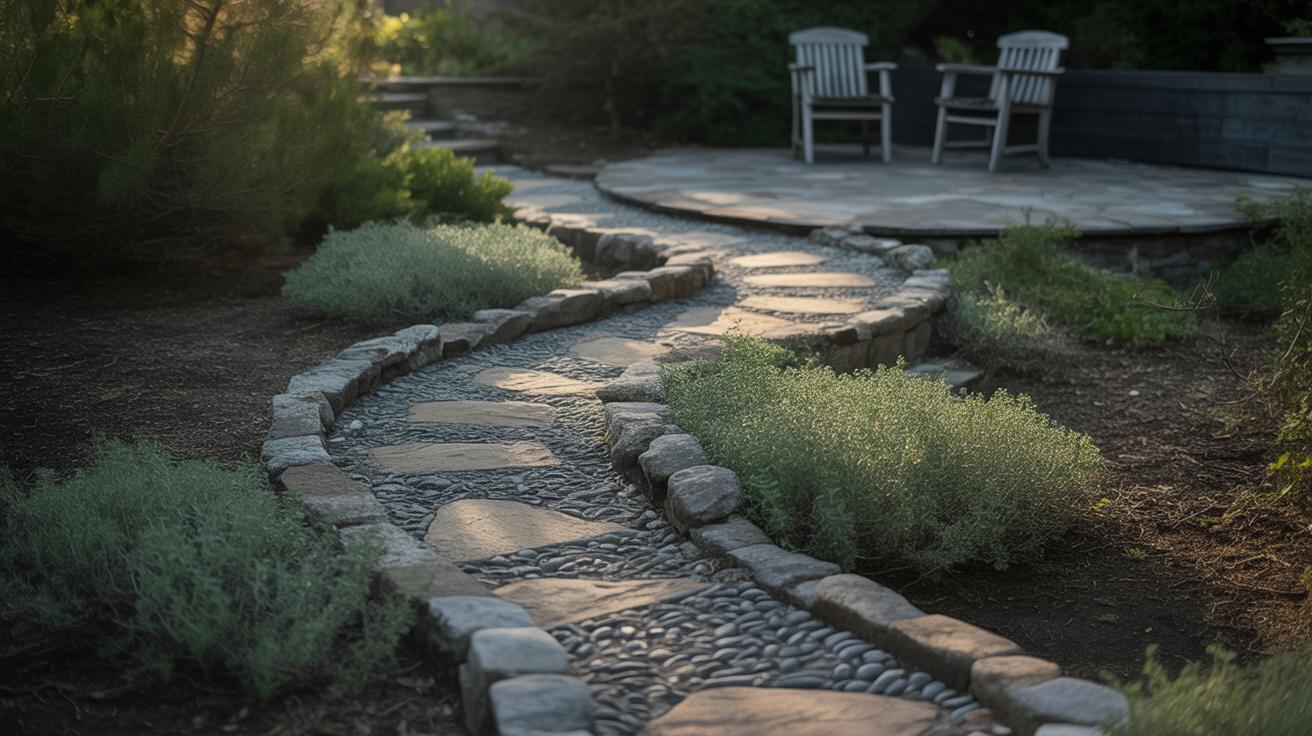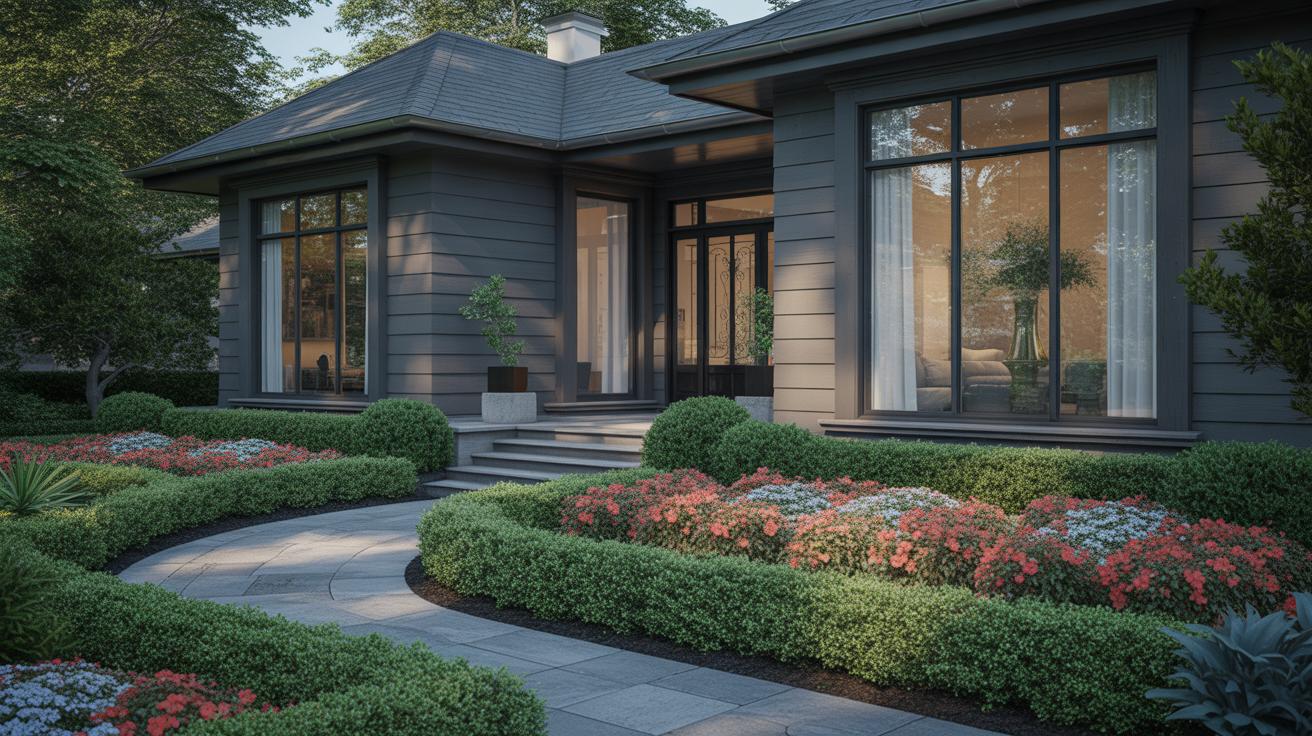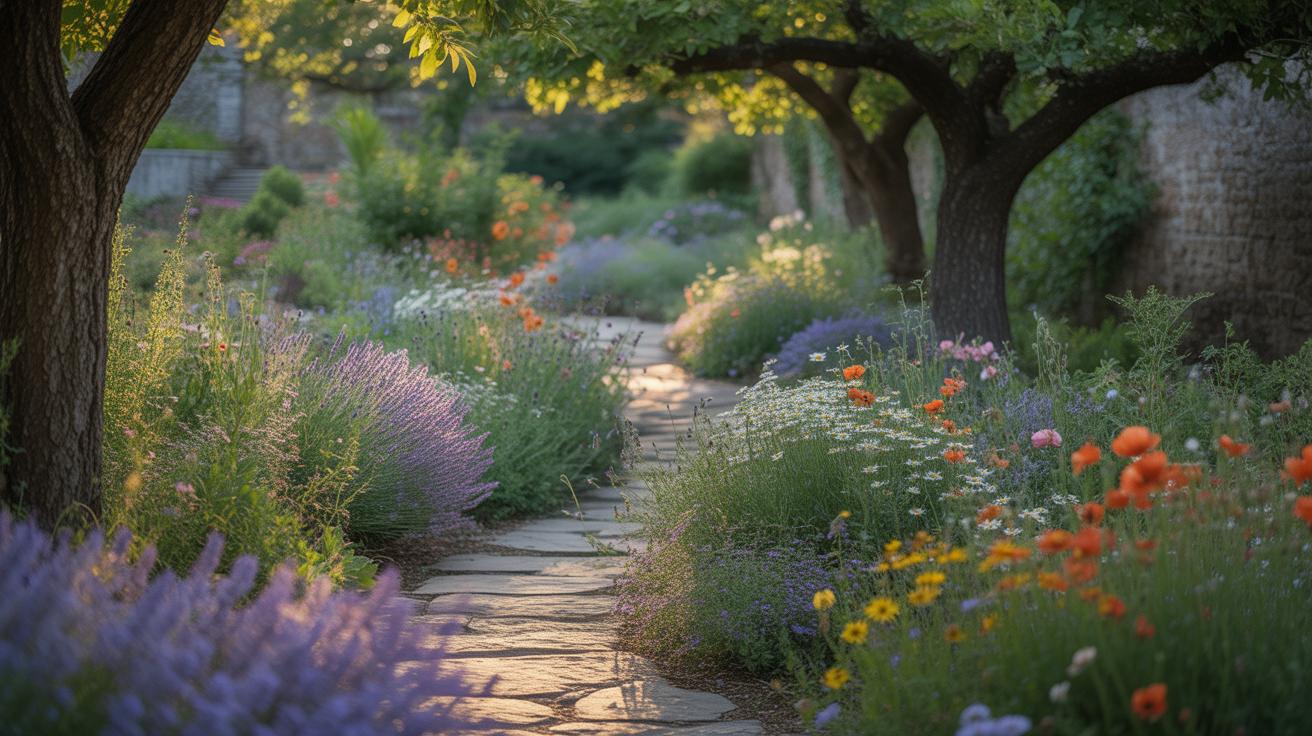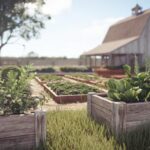Introduction
Eco friendly living benefits your garden and home design by creating a healthier environment for you and the Earth. It includes simple changes you can make around your garden and in your home. These changes save resources, reduce waste, and encourage natural growth in your garden. Practicing eco friendly living also helps reduce pollution and conserve energy.
This article explores how adopting eco friendly practices can improve your garden and home design. You will learn practical steps, from choosing plants to designing your space, that support sustainability. Using eco friendly ideas, you can make your living area comfortable, beautiful, and better for the planet.
Designing Your Eco Friendly Garden
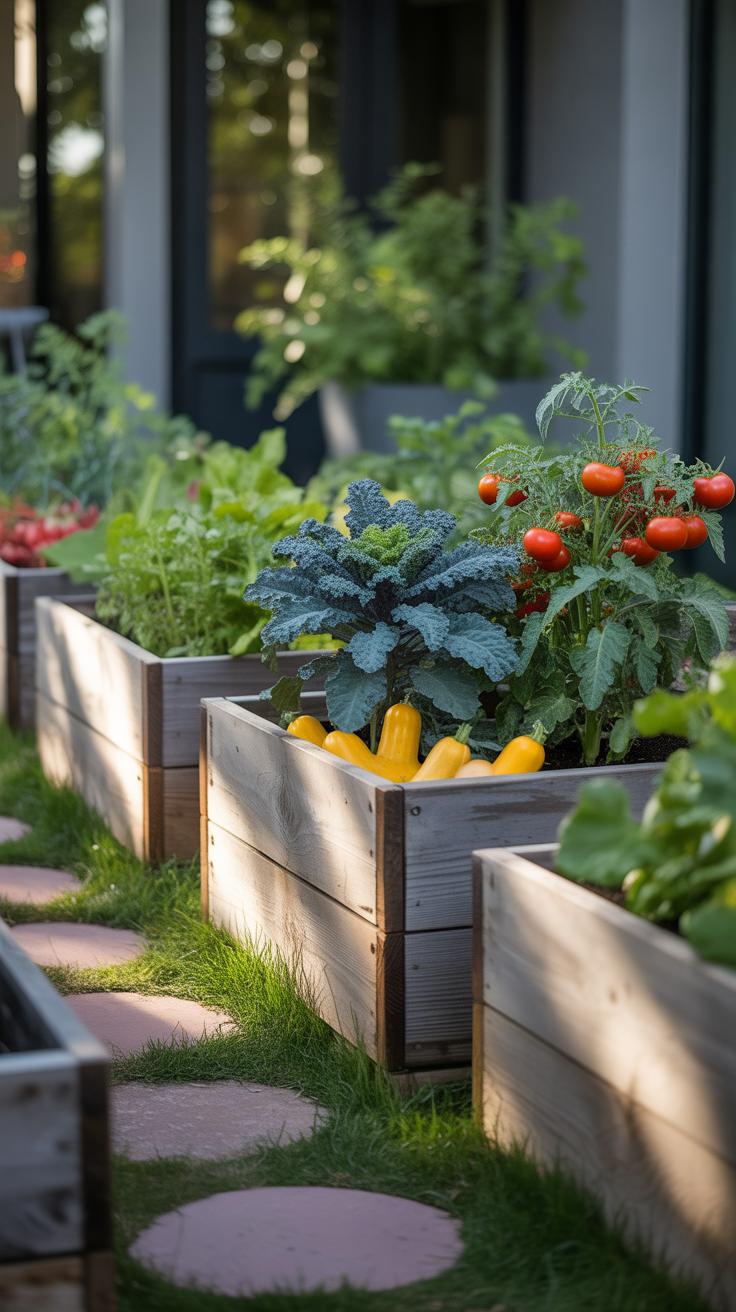
When planning an eco friendly garden, the choice of plants plays a big role. Native plants are a natural fit—they thrive in local soil and climate without much help. They attract native insects and birds, supporting the local ecosystem. It’s not just about picking pretty flowers; it’s about creating a balance where nature can do its part.
Layout matters too. Grouping plants with similar water and sunlight needs can save water and reduce the need for extra care. Think of it like neighborhood zones in your garden, each with its own microclimate. Mixing layers—trees, shrubs, ground covers—also creates more habitats and keeps soil healthier.
Natural care methods often mean fewer chemicals. Composting kitchen scraps and garden waste provides soil nutrients without synthetic fertilizers. Mulching helps retain moisture and controls weeds, so you don’t have to reach for herbicides. Pest control can be tricky, but inviting beneficial insects like ladybugs can keep harmful pests in check.
You might feel unsure about shifting from a tidy, manicured garden to one that looks a bit wilder. But that “less controlled” appearance can be a sign of a healthier garden ecosystem at work. The key is to think about how your garden supports wildlife and soil, not just how it looks. This way, your garden becomes a small but meaningful part of a larger natural system.
Choosing Plants Wisely
When it comes to eco friendly gardening, the plants you pick really set the tone. Native plants—those that have evolved in your local environment—fit naturally with the climate and soil, which means they usually need less water and fewer chemicals. I find it surprising how well they support local insects and animals, creating a little ecosystem right in your yard. Drought-resistant plants also save water, which feels crucial given how scarce it’s becoming in many areas. You might choose lavender, sage, or yucca, for example. These don’t just survive tough conditions; they help pollinators like bees and butterflies too. It makes me wonder why more people don’t stick to what naturally belongs there rather than exotic species that demand more care.
Water and Soil Care
Good soil is the foundation of any garden, and caring for it means you can cut back on fertilizers or other inputs. One thing I’ve tried is composting kitchen scraps and garden waste—it surprisingly speeds up soil recovery and adds nutrients without buying bags of stuff. Collecting rainwater feels like a small win; a simple barrel catches enough to water plants during dry spells. Those practices save water and reduce waste, which connects back to the bigger picture of eco-friendly living. Sometimes I think about how little I used to pay attention to soil, yet it’s probably the most overlooked part of gardening. Focusing on natural care methods feels like a step in the right direction, but I suppose it takes time to see the full effects.
Materials for Eco Home Design
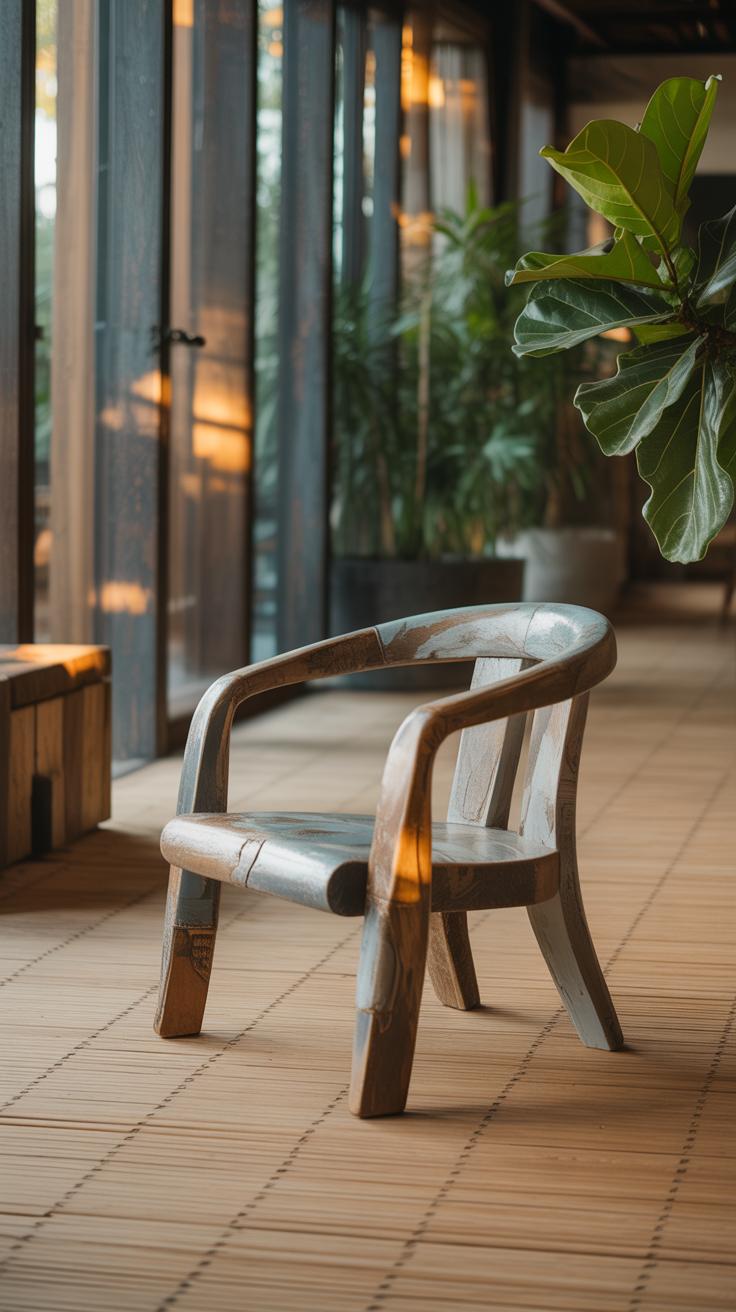
Choosing materials for your home matters more than you might think. The stuff you pick shapes not just the look but also how much harm—or good—you do to the environment. Using eco-friendly materials reduces waste, pollution, and resource drain. Plus, many of these options last longer and age better, though sometimes they cost a bit more up front.
Sustainable Building Materials
Bamboo often gets overlooked, but it grows fast and strong. It works well for flooring, furniture, and even walls. Recycled wood is another option, especially if you find reclaimed timber from old buildings. It saves trees and carries a story in its grains. Natural stone, while less renewable, stands for durability. It requires no chemical treatments and blends nicely with many designs. Choosing these materials means you avoid plastics or synthetics that can release toxins over time.
Eco Friendly Decor Choices
Decor doesn’t have to be wasteful. Natural fibers like cotton, jute, or wool make good rugs, curtains, and cushions. Sometimes, secondhand or recycled items bring unique character, even if they look a little worn. Low-impact paints and finishes matter too—in fact, they reduce indoor air pollution and chemical exposure. It’s tempting to skip these options because they might seem limited or pricier, but they really pay off in comfort and health. Have you ever noticed how some rooms feel stuffy after fresh painting? Using eco-friendly finishes avoids that problem altogether.
Energy Saving at Home
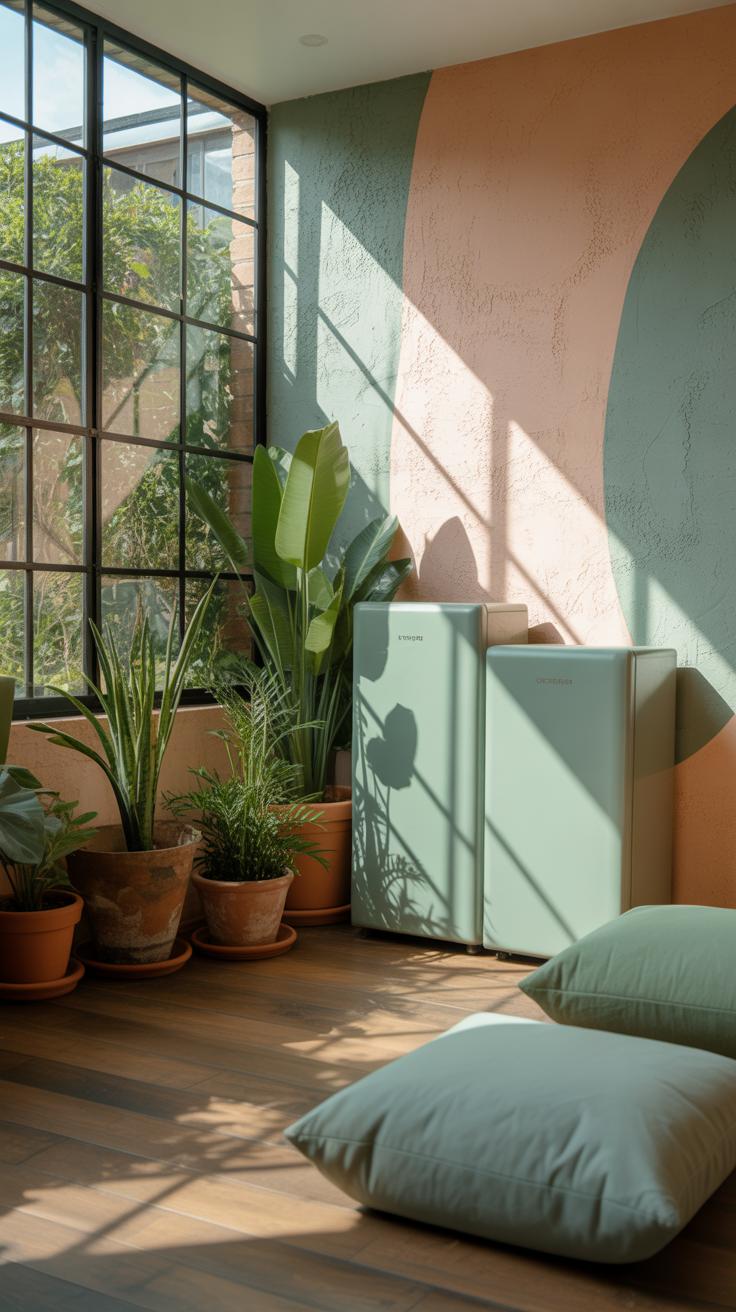
Saving energy at home doesn’t have to be complicated or costly. One of the simplest changes is swapping out old bulbs for LED ones. These last much longer than traditional bulbs and use far less electricity. I tried this last winter, and my energy bill dropped noticeably. Plus, LED lights produce less heat, which means your cooling system doesn’t have to work as hard in summer.
Using natural light wherever you can makes a real difference too. Have you ever noticed how much better you feel in rooms flooded with daylight? Opening curtains or blinds during the day cuts down on the need for artificial lighting. This habit might sound small, but it adds up, especially if you spend lots of time at home.
When it comes to staying comfortable, keeping heat inside during winter and out during summer makes the biggest impact. Insulation plays a key role here. It might seem like an upfront hassle, but once your walls, attic, or floors are insulated, your heating bills can drop. I’m still surprised at how much just a bit of sealing around windows helps seal in warmth.
Shading is another straightforward strategy. Trees or awnings outside windows can block direct sun during the hottest months. At the same time, lightweight curtains inside can reduce heat loss at night during colder months. It’s almost like your home gets a little coat or hat, depending on the season.
What about appliances? Choosing models with lower power needs or switching off things you’re not using is a habit worth developing. Sometimes, even turning off standby modes can save extra energy—it’s confusing at first but pays off in the long run. Have you tried unplugging those devices or using power strips?
Could these small adjustments really add up in your home? They might seem mundane but adopting even a few can lead to noticeable savings and a more comfortable living space. Giving your home a little more thought in terms of energy can change things in ways you might not expect.
Managing Waste Smartly
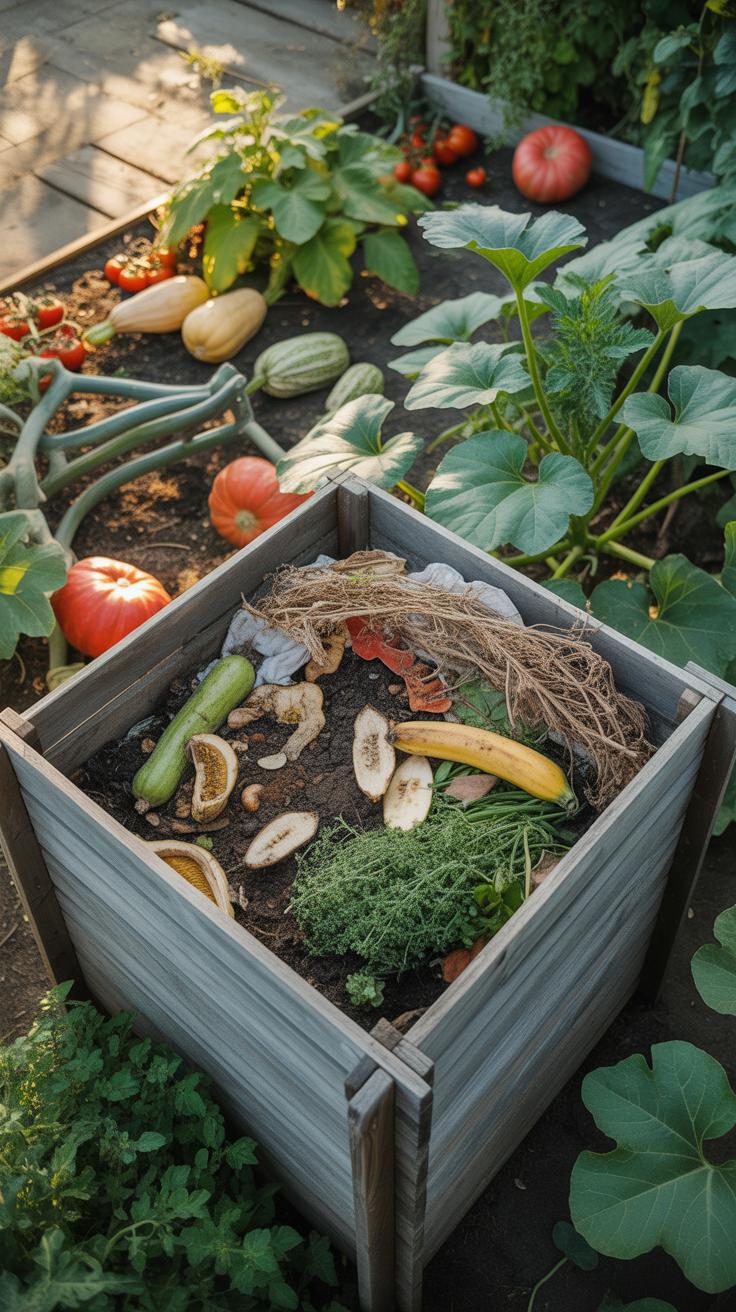
Waste can pile up quickly, both indoors and outside, if you’re not paying attention. The tricky part is knowing where to focus first. Should you reduce, reuse, recycle, or start composting? Each has its place but thinking of them as separate steps might help you approach waste with a bit more clarity.
Reducing waste means cutting back on what you bring home or garden with you in the first place. Simple switches, like using reusable bags instead of plastic, can make a difference. Maybe that old glass jar isn’t trash—it could store leftovers or seeds. Repairing a broken chair leg or garden tool instead of dumping it also saves materials and money, though I admit sometimes tossing seems easier when you’re rushed.
Recycling is another piece, but it only works if you separate things carefully. Just tossing everything in the bin hoping it will get recycled usually doesn’t help. Cleaning containers and knowing what your local center accepts can be confusing but worth the effort.
Then comes composting, which feels pretty satisfying once you get going. Tossing kitchen scraps like vegetable peels, coffee grounds, and garden clippings into a composter creates rich soil naturally. I started with a simple bin, mixing green and brown waste, and it surprisingly cut down my trash bag needs while boosting my garden soil. It’s not perfect—sometimes critters get curious, or the process slows down when moisture is off—but it’s a step toward closing the loop on waste.
So, what small actions will you take around your home and garden to manage waste better? Reducing and reusing might seem old-fashioned, but there’s value in going back to basics before rushing to recycle or compost.
Water Conservation Practices
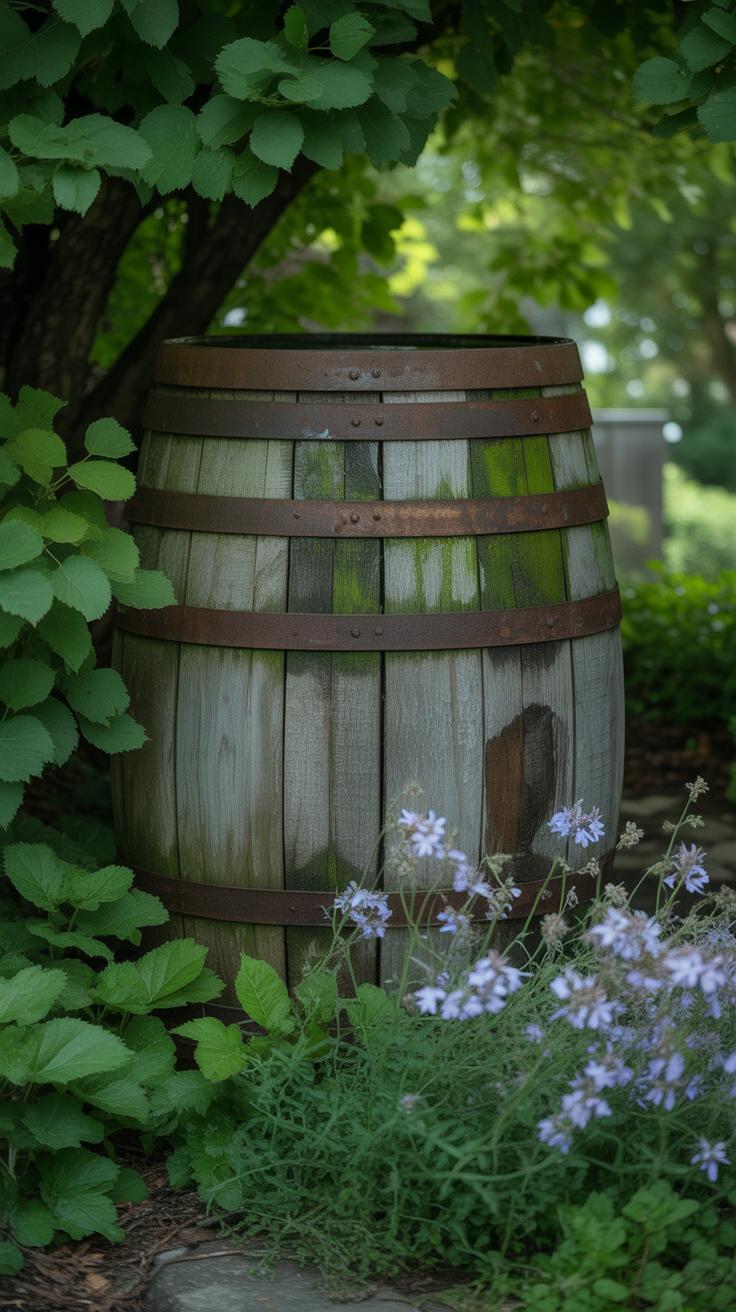
Water use tends to slip under the radar, but really, it plays a huge role in eco-friendly living—both inside your home and out in the garden. Saving water isn’t just about utility bills; it’s about facing the reality that clean, accessible water isn’t unlimited. If you’ve ever watched a garden brown out during a dry spell, you know how crucial it is.
Smart Water Use Outdoors
When it comes to watering plants, the usual approach is to splash a lot at once, often during the hottest part of the day. But that’s a bit counterproductive. You can switch to watering early morning or late evening—it reduces evaporation. Drip irrigation helps narrow down watering right at the root, where plants need it. It’s more precise and really cuts down waste.
Collecting rainwater feels almost like a no-brainer, but some people hesitate because of setup costs or maintenance. Still, those barrels or tanks can gather a surprising amount for garden use. I’ve tried it, and it’s weirdly satisfying—seeing nature pay back the water you’d otherwise be paying for.
Indoor Water Savings
Inside the home, small leaks can add up to gallons lost daily. Fixing a dripping faucet or running toilet might feel tedious, but once done, you barely notice the difference—except on your water bill. And swapping out old fixtures for water-saving ones, like low-flow showerheads or toilets, turns out to be easier than expected.
Mindful habits go a long way too. You might catch yourself running the tap while brushing teeth or letting the water run while washing dishes. It’s a simple change to turn the water off when you don’t need it. Of course, some days you’re more careful than others, but keeping these habits in mind helps you do your bit without much hassle.
Creating Wildlife Friendly Spaces
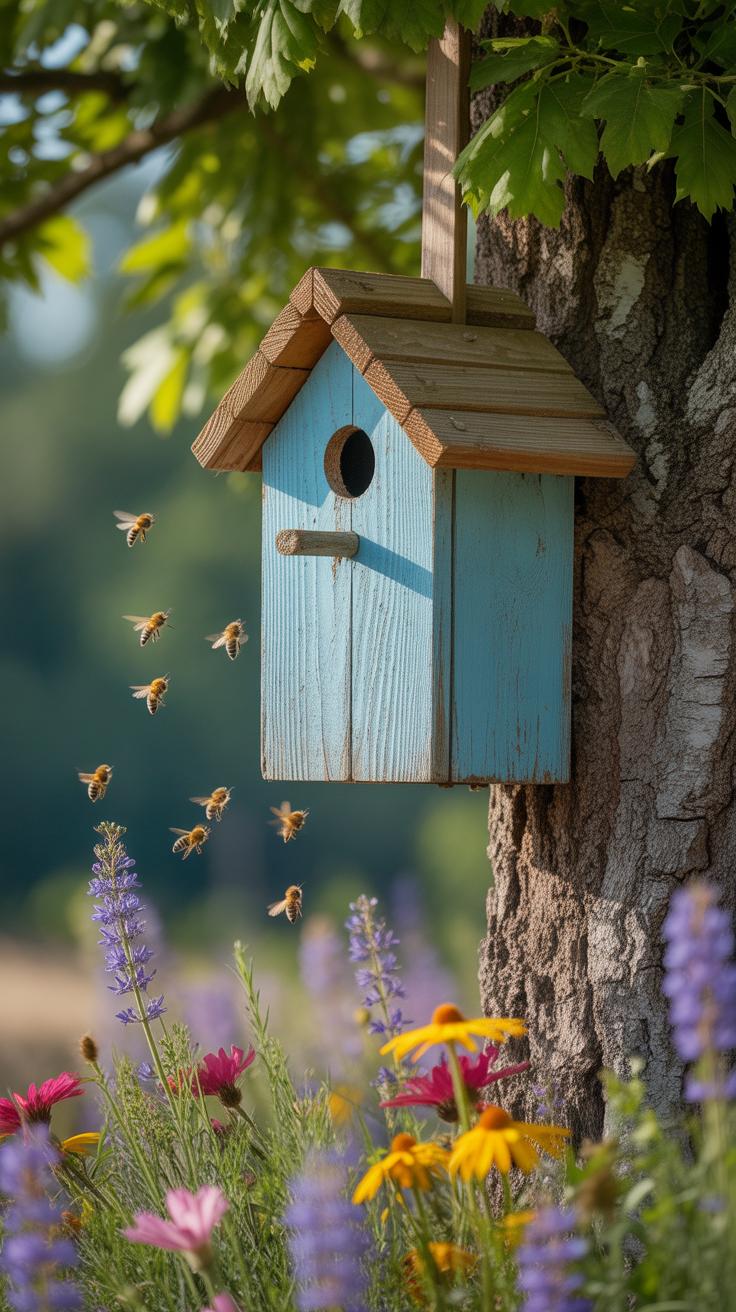
Making your garden and home inviting to local wildlife can feel a bit like opening a small door to nature right outside your window. You might start by thinking about what creatures you want to welcome—bees, birds, insects—and then provide the right conditions for them to thrive. Supporting these animals does more than brighten your garden; it helps pollinate plants, control pests, and enrich biodiversity around your home.
Some features really seem to pull wildlife in. For example, setting up bird feeders with seeds or nuts encourages birds to visit often. I’ve noticed that native flowers—like coneflowers or wild violets—attract bees better than just any ornamental plant. Bee hotels, which are small structures offering safe nesting spots for solitary bees, can make a surprising difference too.
Then there’s the question of safety. You might think a perfectly tidy garden is better, but leaving patches of leaves or logs creates good hiding spots for insects and small animals. Avoiding pesticides or chemical fertilizers keeps your space healthier for everyone. It’s tricky at times, especially if pests appear, but choosing natural solutions usually pays off over time. Have you tried companion planting or homemade sprays? That might be a good start.
Long Term Benefits of Eco Living
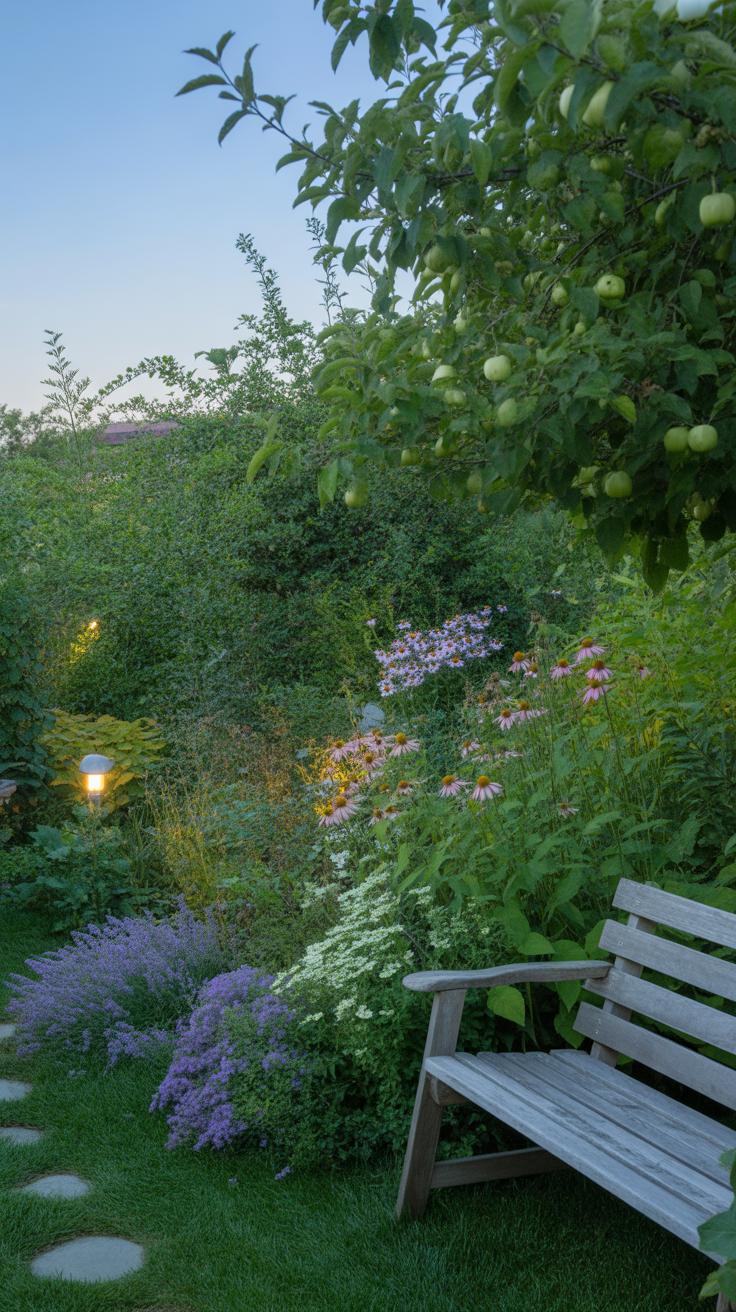
Eco living isn’t just a trend; it shapes how you feel, spend, and impact the world around you over time. When you choose greener ways for your home and garden, you’re setting yourself up for lasting health and comfort. Cleaner air indoors, fewer chemicals in your space, and natural garden elements can ease allergies or respiratory issues. I’ve noticed a calmer atmosphere just by avoiding harsh cleaners and letting plants help filter the air.
Money-wise, the benefits stack up too. Using less energy with better insulation or growing some of your own food reduces bills slowly but surely. Saving water with rain barrels or drip irrigation might seem small, but those savings add up. You might find yourself questioning if some habits really need changing, but even small steps make a difference.
Plus, by cutting waste and choosing sustainable options, you reduce your home’s environmental footprint. You protect wildlife, like the bees we talked about earlier, and support soil health. It’s tempting to think about big changes only, but small, ongoing habits can be more powerful.
What habits could you tweak today that would pay off next year? Maybe it’s switching to natural fertilizers or adjusting your thermostat. The point is, eco living grows on itself, improving well-being and saving resources long after you start.
Conclusions
Living eco friendly changes how you care for your home and garden. Making thoughtful choices about plants, materials, and energy use can protect nature and save money. Your garden will grow strong with less effort, and your home will feel fresh and natural. By acting with care, you create a space that is good for now and the future.
Keep in mind, small steps add up. Start with one change, like composting or picking native plants. Your actions inspire others and make a bigger difference. Eco friendly living is a simple way to give back to the Earth while enjoying a healthier and nicer home environment.


